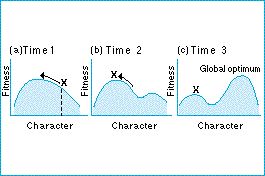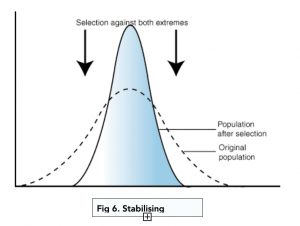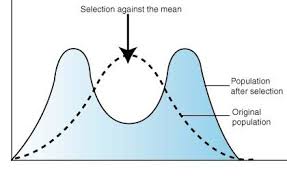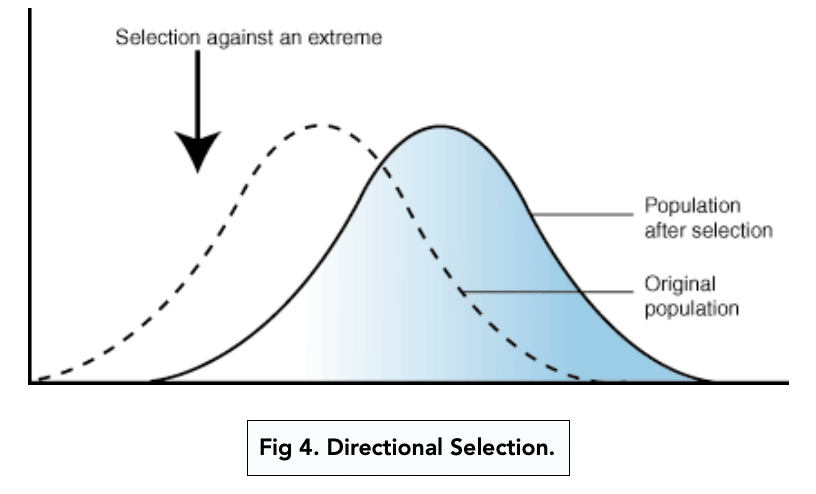Adaptation and speciationIAEB
1/49
There's no tags or description
Looks like no tags are added yet.
Name | Mastery | Learn | Test | Matching | Spaced |
|---|
No study sessions yet.
50 Terms
What is an adaptation?
A trait which increases biological fitness
What is adaptation?
A process whereby organisms become better suited to their environment
What are the types of adaptation?
Structural
Physiological
Behavioural
Why are adaptations not perfect?
Spandrels, physical constraints, historical constraints, time lag, genetic constraints, trade-offs, developmental constraints.
What are spandrels?
AKA the consequences of construction- traits that are there because they have to be due to construction, without serving a purpose nor a benefit to fitness
Outline physical constraints to adaptation
Adaptations obey the laws of physics and chemistry, thus are affected by gravity, etc
Outline historical constraints to adaptation
the changing adaptive landscape leads to different configurations of fitness across a landscape. Some organisms are unable to evolve further lest they fall into a valley of reduced fitness and this is impossible.

Outline time lag constraints to adaptation
An adaptation may not be judged within the environment in which it evolved, as the environment is always changing- a few years ago it might have been a great adaptation, but now isn’t
Outline genetic constraints to adaptation
Random mutations are the root of adaptation. If no mutation for the trait that increases fitness occurs, the population cannot evolve to have that trait.
Outline trade-off constraints to adaptation
One adaptation to increase fitness through reproductive success may be a poor adaptation to increase fitness through survival (ex: avoiding predation), or vice versa
Which things do not constitute an adaptation?
Traits which arise from chemical or physical necessity
Traits which happen to have benefits to fitness but have not been naturally selected to have such benefits
Ancestoral traits
What are some ways we can determine that a trait is an adaptation and not just a trait?
Look at the phylogeny of the organism.
Ask whether the trait has been maintained by selection against departures from the favoured design
Is natural selection perfect?
No, natural selection produces organisms only as perfect, or slightly better, than the competitors they struggle with for survival.
Outline developmental constraints to adaptation
Dynamics of an organism’s development can limit adaptation. For example, in allometric development, 2 or more body parts develop relative to each other.
Provide an example of time lags limiting adaptation
Dodo birds fed on the fruits of Calvaria major, which then adapted to germinate after passing through the dodo’s intestines (this increases seed germination). After the dodos went extinct, the tree population declined.
Give an example of a ‘perfect’ adaptation
The hexagonal shape of honeybee combs- uses building materials effectively whilst minimising dead space.
What is expatriation? Why don’t we call it pre-adaptation?
Recruiting a trait to a different function. Pre-adaptation implies that natural selection has foresight, it does not.
Provide an example of compromise limiting adaptation
Sunbird’s territorial defence. Sunbirds will aggressively chase other organisms away from flowers in their territory- this is a good adaptation in terms of increasing survival by gaining access to nectar, but detracts from other behaviours such as finding a mate.
Provide an example of physical constraints limiting adaptation
Gravity prevents land mammals from evolving to be as large as whales, as they would be crushed on land.
Provide an example of a structural adaptation
Succulents have thick, short leaves and stems to store water, an adaptation for their dry, hot desert habitat.
Provide an example of a behavioural adaptation
Seasonal migration of grey whales- migrate to the arctic ocean in summer, then off the coast of mexico in winter
Provide an example of a physiological adaptation
Populations of humans living in high altitudes have been found to have increased haemoglobin concentration
Provide an example of a ‘spandrel’
Human chin- result of jaw construction
Provide an example of historical constraints upon adaptation
Recurrent laryngeal nerve in humans- nerve going from brain to larynx, takes long route around aorta then back to larynx- evolved from fish, in their environment the nerve was the fittest phenotype. Cannot get a better configuration because cannot reduce fitness whilst reconfiguring route.
Provide an example of genetic constraints upon adaptation
Sickle cell anaemia- homozygotic individuals are unaffected by malaria, but have sickle cells or are affected by malaria but do not have sickle cells. Heterozygote is most beneficial in this instance, as provides resistance to malaria without all cells being sickle-shaped, but homozygotic genotypes will always exist
What is stabilising selection?
Average phenotype is fittest, extremes are less fit, organisms w/average phenotype reproduce more, two ends of phenotypic spectrum eroded.

What is disruptive selection?
Extremes of phenotypic spectrum favoured over the mean, organisms with extreme phenotype reproduce more, mean is eroded.

What is directional selection?
One extreme favoured over mean and other extreme, individuals with the extreme reproduce more and one end of the spectrum eroded.

Outline allopatric speciation
Populations are physically separated, causing differences between them to accumulate over time, which leads to reproductive isolation.
What are the 3 steps to speciation?
gene flow disrupted
genetic differences accumulate over time
reproductive isolation evolves
What is the founder effect?
The few ‘founder/s’ of a new population do not have genetic identities representing the entire population from which they came, thus the random selection of the founder’s genotypes gives a different frequency distribution. Differences in populations are accelerated.
Outline incomplete speciation
Random mating population becomes two isolated populations, but then these populations experience random mating leading to incomplete speciation.
Outline complete speciation
Random mating population becomes two isolated populations, assortive mating occurs, speciation happens
Outline cladogenesis
The splitting of two lines giving two species
Outline the biological species concept
A group of organisms that can interbreed and produce viable, fertile offspring
Outline the morphological species concept
Classification of organisms into species based on their appearances and physical similarities.
Outline the theory of sympatric speciation
Reproductive isolation occurs within the same environment- habitat and range has not changed. Random mating should even out incipient differences- thus there needs to be assortive mating occuring. Needs a stable polymorphism in which mating favoured by selection.
How does sympatric speciation occur in plants?
Polyploidy (cells having 1< pair of each chromosome). 4n individual cannot breed with a 2n individual. Thus reproductive isolation occurs acutely.
What are the two types of isolating mechanisms?
Premating mechanisms and postmating mechanisms.
Premating = prevention of the transfer of gametes
Postmating = prevention of the development of gametes
Name premating mechanisms
habitat isolation
temporal isolation
ethological isolation
mechanical isolation
gametic isolation
behavioural isolation
Name postmating mechanisms
reduced hybrid viability
reduced hybrid fertility
hybrid breakdown
Outline mechanical isolation
Populations occupy the same geographical area, but have the wrong structures to mate
Outline habitat isolation
Populations occupy the same geographical area, but have a different habitat
Outline ethological isolation
Populations occupy the same geographical area, but there is weak or no attraction between individuals of the opposite sexes
Outline temporal isolation
Populations occupy the same geographical area, but have different mating schedules
Outline behavioural isolation
Populations occupy the same geographical area, but have differing mating behaviours
Outline gametic isolation
The egg and sperm of two populations can come into contact, but no fertilisation occurs.
Outline reduced hybrid viability
Hybrid zygotes are formed between the individuals of two species, but they do not survive or fail to develop.
Outline reduced hybrid fertility
Hybrid offspring are formed between the individuals of two species, but are sterile or have reduced fertility
Outline hybrid breakdown
First generation hybrids are viable and fertile, but further generations are inviable or sterile.